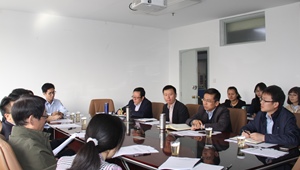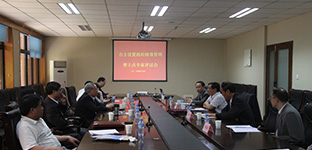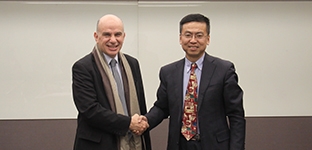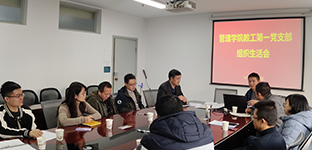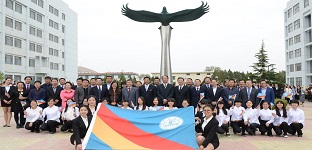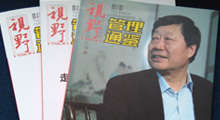Cooperation or Competition? Channel Choice for a Remanufacturing Fashion Supply Chain with Government Subsidy
题目:Cooperation or Competition? Channel Choice for a Remanufacturing Fashion Supply Chain with Government Subsidy
作者:
Kangzhou Wang (兰州大学/Lanzhou University)
Yingxue Zhao (对外经贸大学/University of International Business and Economics)
Yonghong Cheng (重庆大学/Chongqing University)
Tsan-Ming Choi (香港理工大学大学/ The Hong Kong Polytechnic University)
期刊:
Sustainability (Impact factor: 1.789)
2014, 6(10), 7292-7310.
英文摘要:
In this paper, we address the problem of choosing an appropriate channel for the marketing channel structure of remanufactured fashion products. To be specific, we consider a remanufacturer who has two options for selling the products: (1) provide the remanufactured products to a manufacturer, then the manufacturer sells both new products and the remanufactured products to customers, and (2) sell the remanufactured products directly to customers. Because of the relatively low acceptance of remanufactured products and environment consciousness of customers in developing countries like China, we model the two scenarios as decentralized remanufacturing supply chains, with the manufacturer being the Stackelberg leader and the government offering subsidy to the remanufacturer to incentivize remanufacturing activities. We find that the subsidy can incentivize remanufacturing activity regardless of the remanufacturer’s channel choice. A “too high” or “too low” subsidy makes the remanufacturer compete with the manufacturer, and an intermediate subsidy results in cooperation between the two members of the remanufacturing supply chain. Meanwhile, if the customers’ acceptance for remanufactured products is higher, the remanufacturer will be more likely to compete with the manufacturer. However, the remanufacturer’s optimal channel choice may be inefficient in the sense of social welfare and environmental protection..
中文简介 :
再制造是指对报废产品进行回收加工,以重新使用的生产模式。再制造能够大幅降低资源消耗和碳排放,是实现制造的绿色化和可持续发展的主要方式。再制造供应链管理的主要特点是:新产品和再制造产品同时存在于同一个供应链中,并且再制造产品以新产品为胚件加工。因此,相对于经典的具有替代效应的多产品市场竞争问题,还具有新的特点:一种产品基于另一种产品生产。
不同于西方成熟的再制造市场,发展中国家如中国的顾客环保意识目前不够高,对再制造产品接受度低,因此再制造商相对于制造商一般处于跟随地位,而非西方市场中的主导者。为了促进再制造产业发展,政府一般会为再制造企业提供各种优惠政策
本研究讨论了新兴的再制造市场中再制造商面临的主要问题:对产品销售渠道的选择问题。再制造商面临(1)将产品提供给制造商,然后由制造商将再制造产品和自己生产的新产品出售给顾客,即与制造商合作;(2)自己直接销售给顾客,即与制造商竞争。将以上竞争情形下的分散式供应链建模为制造商为领导者的斯坦克伯格博弈问题,政府给再制造商提供按件补贴以刺激再制造业务。
研究发现,无论是合作还是竞争情况下,政府补贴总是会刺激再制造业务;过高或者过低的政府补贴刺激会使得再制造选择竞争模式,而中等程度的政府补贴会使得再制造商选择合作模式;此外,如果顾客对再制造产品的接受度较高,再制造商更有可能选择与制造商竞争。然而,制造商的最佳销售渠道选择在社会福利和环境影响方面可能是低效率的。
网址链接:http://www.mdpi.com/2071-1050/6/10/7292



